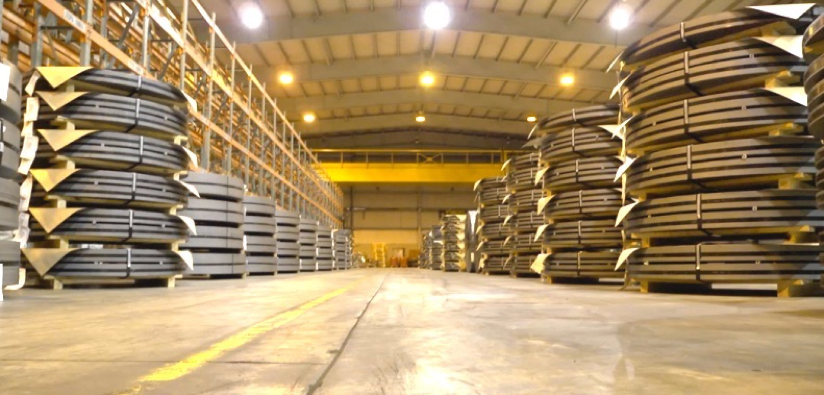AHSS Leads the Automotive Industry in 2020

No one has ever walked into a car dealership and said to the salesperson: “Hey, do you have anything made out of an unstable material?” When assembling vehicles, car manufacturers face a specific challenge: they need materials with seemingly contradictory properties: lightweight, but strong, and highly formable into rigid structures. This is a challenge in light of how metals deform. The strains from forming accumulate into localized areas on the part, leading to excessive thinning known as “necking.” These areas are thinner than the rest of the part, and are the most likely to have durability or fatigue problems during the vehicle life. Higher strength materials are more likely to experience “necking” during the production process, which, in turn, creates an unstable part. Most would agree that would never be a good quality in a car.

The first antidote to this challenge was introduced in the 1980’s when the steel industry developed interstitial free (IF) steels. These steels have a microstructure primarily consisting of a single phase known as ferrite, which is iron with typically less than 50ppm carbon in an interstitial solid solution. It has a body-centered cubic (bcc) structure at room temperature. ULC steels are highly formable, a desirable trait for auto companies that have a high demand for steel that can be molded into the new complex shape of cars. However, these steels are relatively soft which makes them poor candidates for the automotive body structures that need to withstand increasingly stringent crash resistance requirements. Steelmakers had to create new steel grades that combine mechanical strength with high ductility (the ability to undergo significant plastic deformation before rupture). Enter advanced high strength steel!
What is AHSS?

The metallurgy and processing of advanced high strength steel (AHSS) grades are somewhat novel compared to conventional steels. Their remarkable mechanical properties are the result of their unique processing and structure. They are classified into categories based on their microstructure or how they deform: dual phase (DP) steel, transformation-induced plasticity (TRIP) steel, complex phase (CP) steel, martensitic (MS) steel, ferritic bainitic (FB) steel, and twinning-induced plasticity (TWIP) steel. AHSS solves two distinct automotive needs by using two different groups of steels. The DP and TRIP grades of steel have increased values of the work hardening exponent. These possess higher strength levels with improved formability and crash-energy absorption compared to the current HSLA (High Strength, Low Alloy) grades. The CP and MS grades extend the availability of steel in strength ranges above the HSLA grades.
Additional steels are designed to meet specific process requirements. These include increased edge stretch […]
